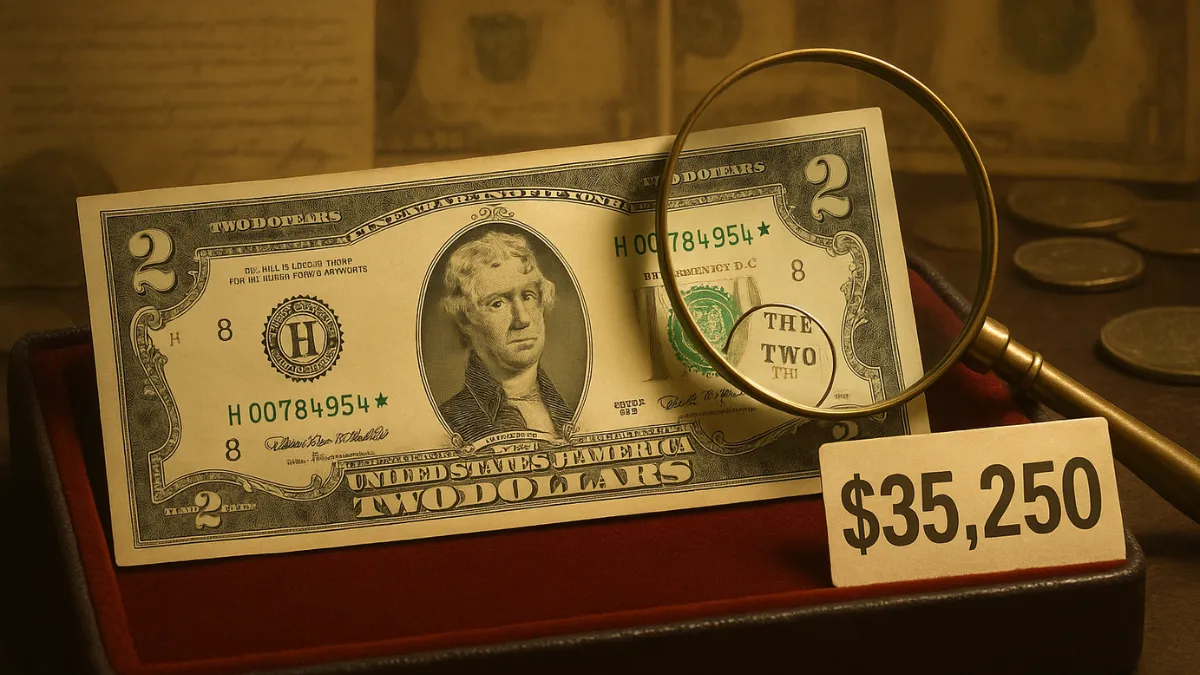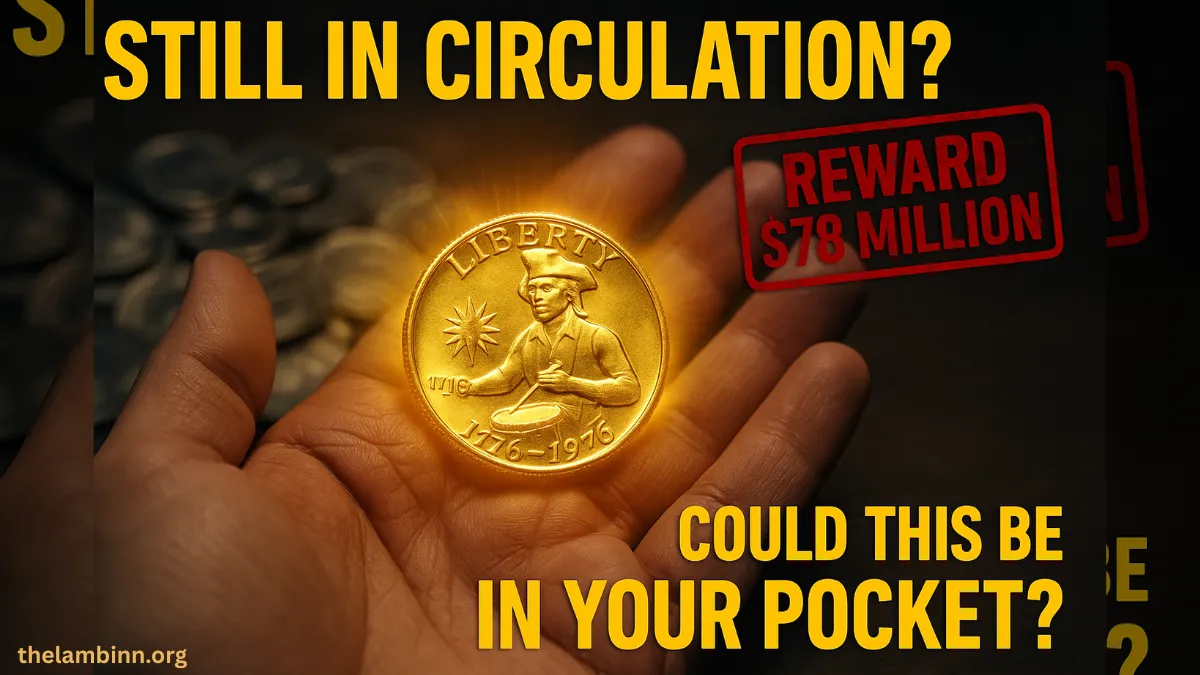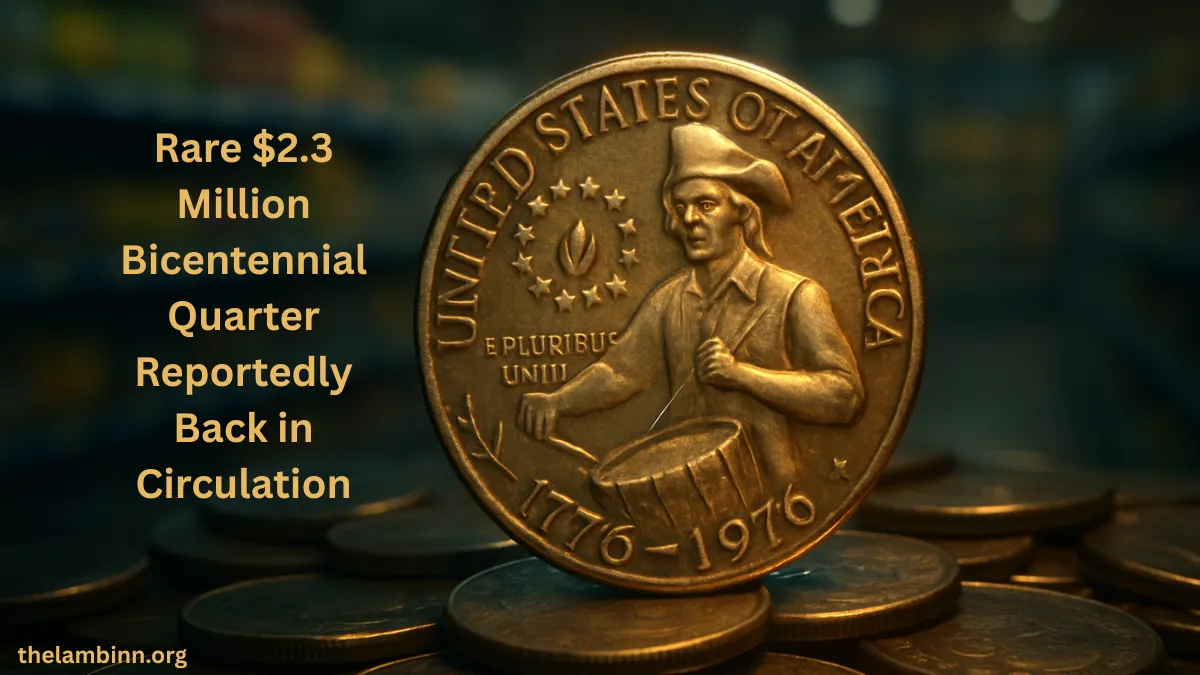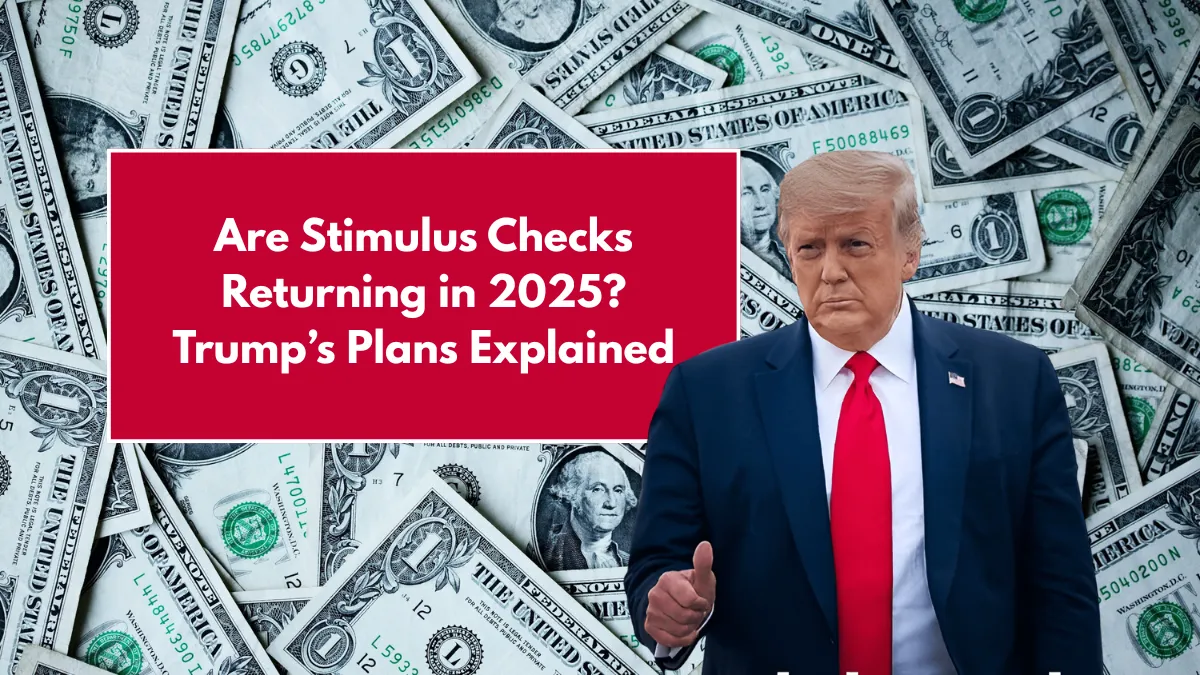At first glance, the Lincoln Wheat Penny might seem like any other coin, but some rare versions have stunned collectors by fetching prices in the millions. First minted in 1909 to commemorate the 100th anniversary of Abraham Lincoln’s birth, this penny has grown into a cherished artifact among numismatists.
One incredibly rare version—the 1943 Bronze Lincoln Penny—is rumored to be worth as much as $21 million. Could this historic treasure still be hidden in a jar of old change or tucked away in a forgotten drawer?
A Coin with Rich History
Designed by Victor David Brenner, the Lincoln Wheat Penny made history as the first U.S. coin to feature a real person. The obverse side bears Lincoln’s profile, while the reverse displays two wheat stalks representing prosperity. Minted until 1958, most of these coins are still only worth face value—but a few rare examples have broken price records at auctions.
The 1943 Bronze Penny: A Costly Wartime Mistake
In 1943, the U.S. Mint switched from bronze to steel-coated zinc for pennies to conserve copper for the war effort. However, a small number of 1943 pennies were accidentally struck using leftover bronze blanks from 1942.
These rare coins are now considered some of the most valuable mint errors in American coinage history. One sold for $1.7 million in 2010, and experts believe its value could now be as high as $21 million, due to scarcity and collector interest. Only 10 to 15 of these bronze pennies are known to exist.
What Drives the Value of Rare Lincoln Pennies
Not every Lincoln Wheat Penny is valuable, but some stand out because of several key factors:
- Rarity – Coins with low mintage numbers are highly sought after
- Condition – Mint-state or uncirculated coins command top prices
- Mint Errors – Mistakes during production, like wrong materials or double dies, are incredibly valuable
- Historical Relevance – Coins from significant years or with notable features attract collector attention
Most Valuable Lincoln Wheat Pennies
- 1943 Bronze Penny – Worth up to $21 million due to rare bronze composition during WWII
- 1909-S VDB – Valued up to $100,000; rare due to limited production and visible designer initials
- 1914-D Penny – Could fetch up to $200,000; scarce production from the Denver Mint makes it a key find
How to Spot a Potentially Valuable Penny
To identify if you have a rare penny in your collection or spare change:
- Check the Date – 1943 is a key year; also look for mint marks like “D” or “S”
- Test the Material – Steel pennies are magnetic; bronze ones are not
- Weigh It – Bronze pennies weigh around 3.11 grams, while steel ones are lighter
- Examine the Details – Crisp design and clear markings enhance value
- Look for Errors – Watch for double dies or unusual features like off-center strikes
Important Tip: Never clean your coins, as this can damage them and reduce their value. If you think you’ve found something rare, consult a reputable grading service such as PCGS or NGC for evaluation.
Is the $21 Million Penny Still Out There?
While no Lincoln Wheat Penny has officially sold for $21 million yet, the possibility isn’t far-fetched. Several rare coins have been discovered in everyday change, family heirlooms, and estate sales.
Since the 1943 Bronze Penny closely resembles a standard penny, it’s easy to overlook. With increased interest and rising values, the next great discovery might just be sitting in a pocket or a piggy bank—waiting to change someone’s financial future forever.
FAQs About the Rare $21 Million Penny
Q1: What is the 1943 Bronze Lincoln Penny?
It’s a rare mint error coin made of bronze instead of steel during WWII; only a few exist and they’re worth millions.
Q2: Can the 1943 bronze penny really be worth $21 million?
Yes, due to its rarity and high demand, experts believe its value could reach that mark in future auctions.
Q3: How can I tell if I have the rare 1943 penny?
Check the date, test with a magnet, weigh it, and inspect its details—non-magnetic 1943 pennies may be bronze.
Q4: Should I clean a coin if I think it’s valuable?
No, cleaning can destroy its surface and reduce value—always get professional grading before altering a coin.
Walter is a dedicated finance blog writer known for his insightful analysis and practical money advice. With a strong background in financial planning and market research, he simplifies topics like saving, investing, and retirement for readers of all levels. Walter’s goal is to help individuals take control of their finances and build a secure financial future through informed decisions.




